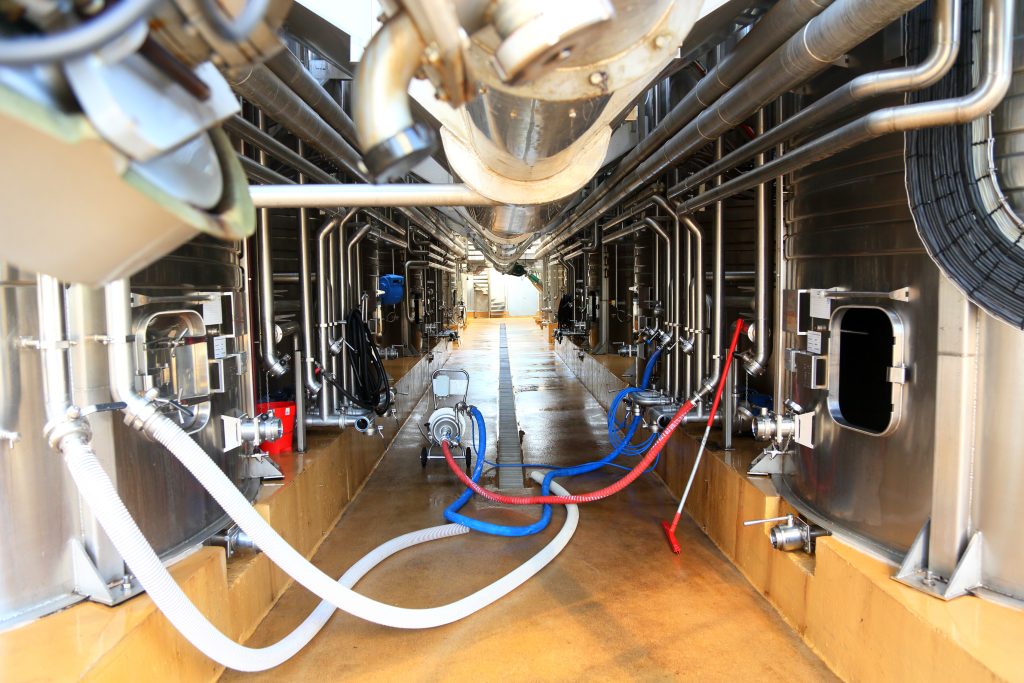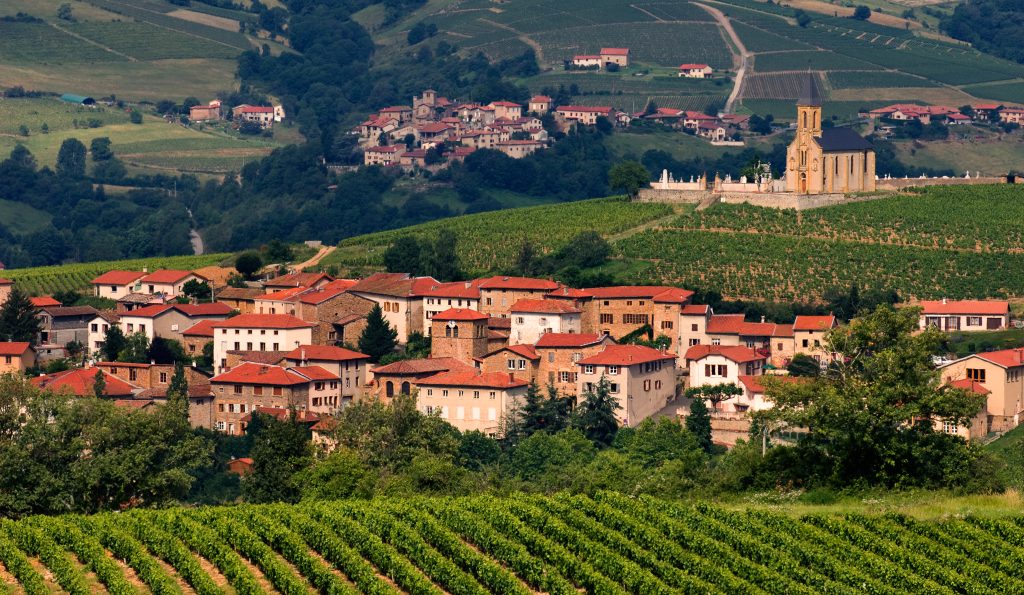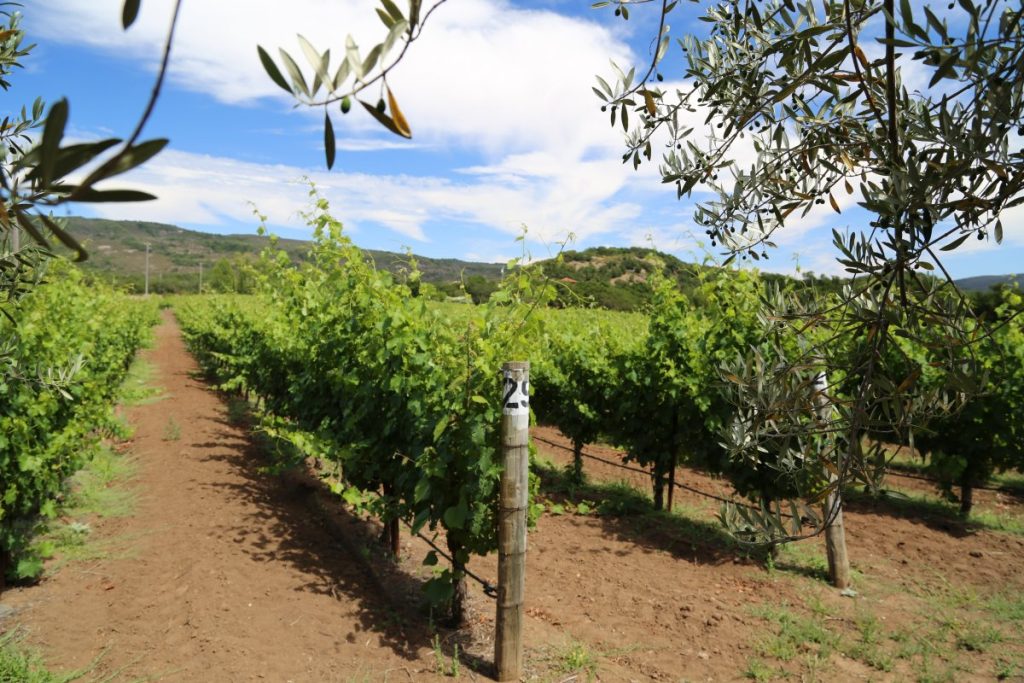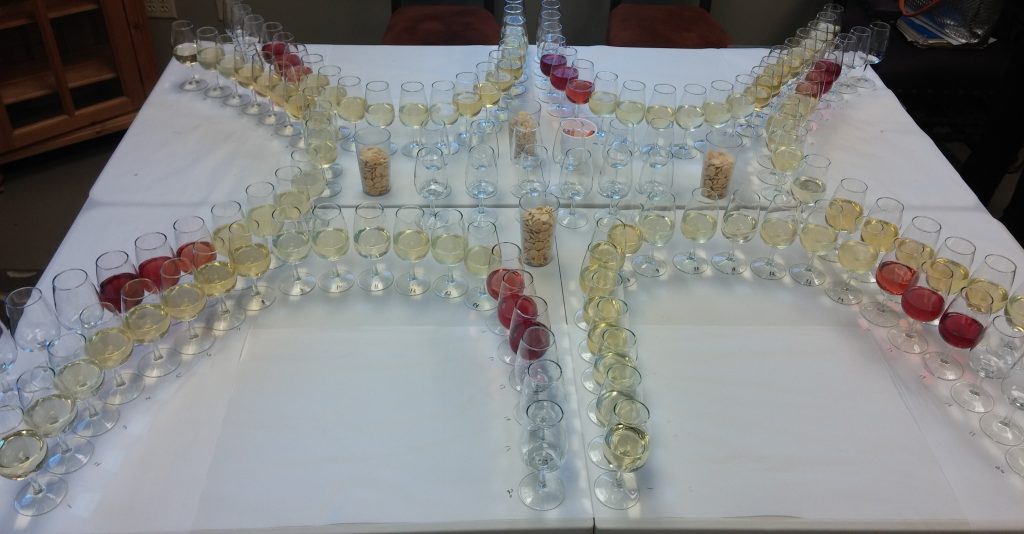
By: Alyssa L. Ochs
You may be familiar with a famous quote about water being the source of all life. However, in the winemaking industry, water can be both the solution to and the cause of many operational issues. Not only do wineries use substantial water in their processes, but they also generate wastewater that must be dealt with to keep costs down and effectively utilize this valuable resource. According to the Watershed Information & Conservation Council in Napa County, California, wineries create an average of six gallons of wastewater for every gallon of wine. At least a quarter of that wastewater is produced during the year’s harvest period.
Past wastewater concerns primarily focused on the grape-growing phase and water shortages during droughts. However, there is also a need for wastewater sse the right treatment option for your winery.
Understanding Winery Wastewater
Wineries generate wastewater from many processes, including cleaning, crushing, pressing and rinsing tanks. Wastewater also comes from residual drainage, filter and barrel washing and clean-in-place operations. This wastewater contains the remnants of unused grapes and juices, as well as sugars from the alcohol and any cleansing agents applied to the tanks, barrels and filters.
The issue with winery wastewater lies in the acidity and organic chemicals it often contains. This used water is often filled with particles from cleaning products too. If not treated properly, it can damage soil around the winery property, attract insects and other animals and produce a noxious odor that negatively affects the visitor experience. Other hazards associated with winery wastewater are linked to high energy consumption, dredging for sludge control and the proximity to nearby homes and businesses.
Yet anyone experienced with winery work will tell you that winery wastewater treatment is essential for the viability of the business. Making productive use of winery wastewater can alleviate water scarcity concerns while reducing a winery’s overall consumption and environmental impact. Good wastewater treatment strategies depend on vineyard productivity, wine quality and sustainable operations.
Challenges with Wastewater in the Winery
One of the biggest challenges with winery wastewater is the sludge produced by treatment systems. There are primary, secondary and advanced treatments and discharge fees to work into the winery’s budget.
For many wineries, the biggest hurdles to overcome lie with having staff to oversee good maintenance and monitoring of the treatment systems. Another issue is the insufficient amount of oxygen required to break down microbes in winery waste, a biochemical oxygen demand (BOD) measurement. Some wineries may use ponds as treatment methods, but sizable bodies of water take up space that could be used to grow grapes. Leach fields with septic tanks to flush water into unground pipes are options but only work with certain types of soil, and the treated water can’t be used for irrigation. Meanwhile, hydrate systems consisting of tanks with filters that remove solids and oxygen pumps to aid microbe breakdown are options when physical space is limited.
“For small wineries, a big challenge can be finding a cost-effective system to treat the relatively small amount of process wastewater generated at their facility,” said Jennifer Kintzer, business development and process engineer for Specialty Treatment Solutions, LLC (STS) in Benicia, California. STS develops reliable, environmentally sustainable and cost-effective wastewater treatment systems that are fully automated and scalable for wineries, breweries and food industries.
“A common mistake made by wineries is underestimating the amount of process wastewater they generate at their facility,” Kintzer said. “Depending on their processes a winery can generate anywhere from three to 12 gallons of process wastewater for each gallon of wine produced. Some wineries will estimate a low volume of process wastewater per gallon of wine, and then their wastewater system is not sized properly to treat the amount of flow entering the plant.”
Yoni Szarvas, the CEO of AquaBella Organic Solutions, LLC in Sebastopol, California, told The Grapevine Magazine that the biggest challenge, especially for smaller wineries, is that they generate a large amount of wastewater in a short time, and it is an enormous cost to build a waste treatment facility to treat it. AquaBella specializes in innovative microbial products using naturally occurring, good bacteria to reduce water pollutants and produce higher crop yields.
“This is where we come in,” Szarvas said. “It’s an easy application because we just pour the AquaBella BioEnzyme directly into the existing reservoir without having to build additional infrastructure. Wineries run out of space in the reservoir to treat their waste and have to build more reservoirs to treat the excess waste. Using AquaBella BioEnzyme allows a shorter treatment time, and the water can be released from the reservoir so it can be refilled.”
Wastewater Treatment Solutions
There are physical and chemical processes and mechanically based biological processes that can be pursued to address winery wastewater. The options differ for small and large wineries, yet there are creative ways to recycle, reuse and process wastewater for significant benefits.
Specialty Treatment Solutions offers three popular operations contract options: full service, basic service and daily remote monitoring only. STS’s winery wastewater treatment systems typically consist of influent screening, equalization facilities, pH adjustment and nutrient addition, a moving bed biofilm reactor (MBBR), membrane bioreactor (MBR) and aerobic sludge digestor facilities. These systems can come in various sizes and configurations, such as custom-engineered steel tanks, bolted steel tanks, polyethylene tanks, fiberglass tanks and concrete basins to meet the customer’s individual needs.
“Some wineries do not have the staff available to attend to their wastewater treatment system, so they have STS provide full operations services. We stop by their sites two to three times per week, in addition to daily monitoring of their system over the computer,” said Kintzer.
“Others have people available but like to have some assistance at times, so they will select the basic service where we physically stop by the site once or twice a month and daily-monitor their system over the computer,” Kintzer said. “Lastly, there are customers who only ask that we monitor their system over the computer and notify them if we notice something that should be attended to. Many times, the winery will make a decision based upon their staffing and knowledge base. All systems are equipped with remote monitoring and operations technology, so the customer can select the services that meets their needs at the time and can change their service plan as their needs change.”
Szarvas from AquaBella shared with The Grapevine, “We offer a cost-effective solution for wineries so they don’t have to invest a fortune in a waste treatment facility and, if needed, more reservoirs. In addition to dealing with the BOD, nitrates and phosphates, as a bonus, our aerobic and anaerobic bacteria help to reduce the sludge build-up so they can easily store more water.”
“Cost depends on the size of the pond and the extent of the problem,” said Szarvas. “The beauty of our product is that it will work with any existing infrastructure they have. Application depends on the severity of the situation, so you might need to apply more than once or twice a year.”
Choosing the Best Solution for Your Operations
Fortunately, winery wastewater treatment is not a cost-prohibitive endeavor since minimal upfront investment is needed, and the technology to handle it already exists.
Concerning cost, Kintzer from STS said that this varies considerably based on the size of the system and the level of treatment desired. “We design each system to meet the aesthetic, site needs and treatment objectives of the customer while keeping in mind the economic impact the system will have on the customer,” she said.
Kintzer shared that STS’s services stand out in the industry because the company can evaluate a customer’s entire process and suggest ways to minimize the amount of processed wastewater entering the treatment system, potentially saving the customer money on freshwater and wastewater sides of the operation.
Szarvas from AquaBella’s most significant advice to wineries about deciding on the right wastewater solution is to choose the most cost-effective solution that will resolve their issues.
“We believe that AquaBella BioEnzyme is the most valuable, low-cost solution that will help solve the water quality issues that plague vineyards,” Szarvas said. “In addition, the product is completely natural, so it doesn’t harm the water or land, which means it’s doing its job sustainably. It’s a powerful option with both short-term and long-range benefits. AquaBella BioEnzyme is also proudly OMRI-certified to benefit organic wineries.”
Looking ahead, it is crucial to have everyone in the winery, from owners and upper management to cellar crew and seasonal field workers, onboard with an agreed-upon wastewater management program for consistency and accountability. Wineries can integrate the concept of minimizing all forms of waste into the business culture with relevant training, reporting and performance measurement. In the overall scheme of things, now is an excellent time to start looking at wastewater as something to be managed and also an opportunity to reduce water consumption throughout the vineyard and winery property for long-term success.











